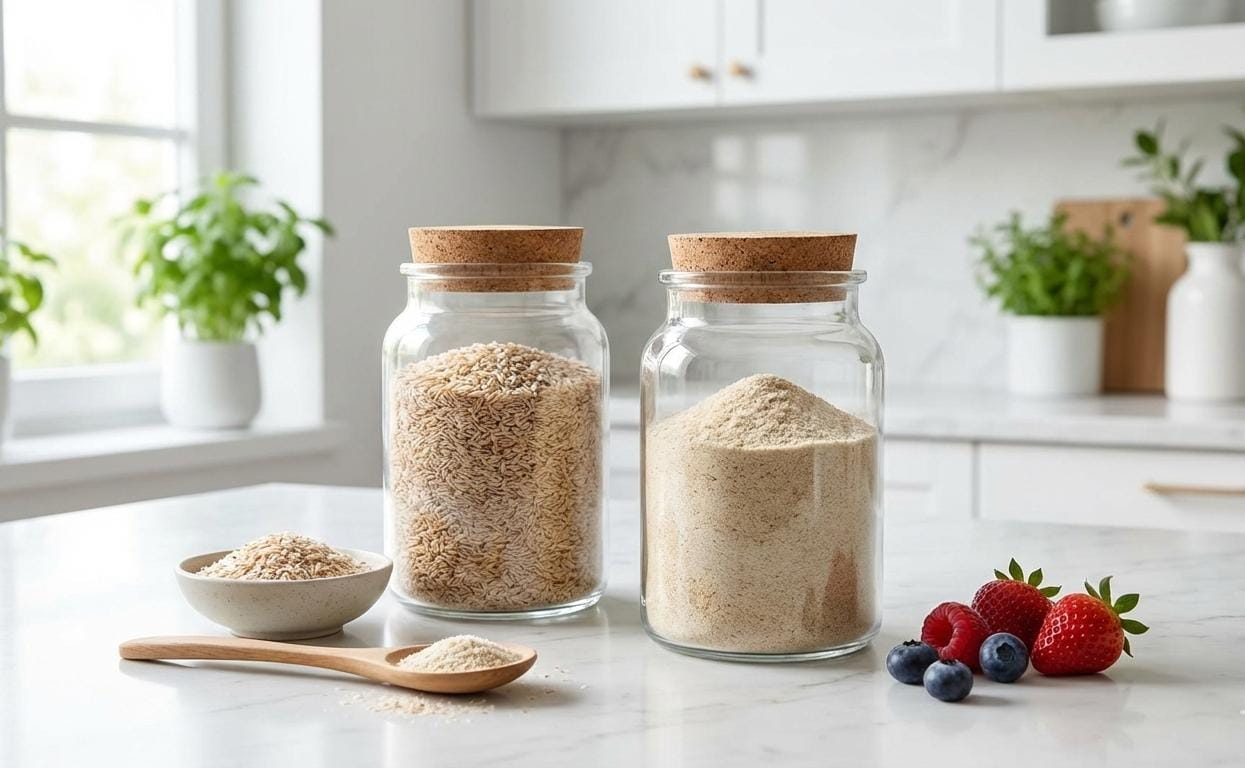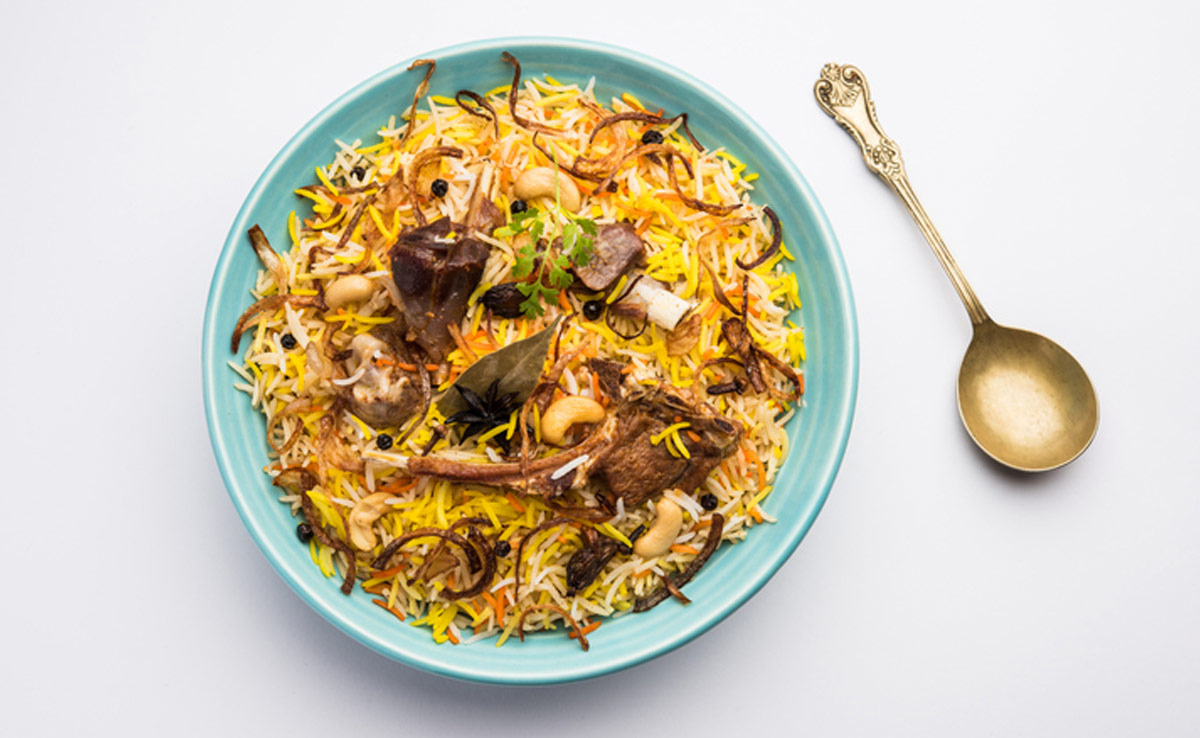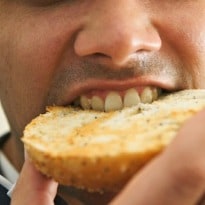High-frequency sounds enhance the sweetness in food, while low frequencies bring out the bitterness. So could sound replace sugar? And what kind of music should restaurants play?
I am sitting at my kitchen table eating chocolate in the name of science. (Turns out I'm pretty good at science.) I'm trying out some "sonic seasoning" whereby, if I listen to a low-pitched sound, my taste awareness somehow shrinks to the back of my tongue and focuses on the chocolate's bitter elements. When I switch to a high frequency, the floodgates to sweetness open up and my entire mouth kicks back in a warm, sugary bath. (Try it yourself here.) It is a curious sensation because it doesn't feel, to me at least, as if the chocolate tastes different. It is more that the sounds are twisting my grey matter, changing how it perceives the taste.
The sound is what sensory science nuts call modulating taste, and the past few years have seen a boom in research in this area. Sound is the final frontier in food presentation. Restaurants agonise over menus, crockery, furniture and lighting, yet often any old CD will be stuck on for background music with nary a thought. However, now that we're starting to understand that everyone has synaesthetic tendencies when it comes to taste, sound is set to play a bigger part in our eating experience. Ben & Jerry's, for example, is considering a sonic range of ice-cream flavours, with QR codes on the tubs that will allow eaters to access complementary sounds via their phones.
Back in 1997, Heston Blumenthal introduced his iPod-enhanced seafood dish, Sounds of the Sea, but that was a more literal, more Pavlovian association: eat fish, listen to the sea, fish tastes fresher and better. But a number of recent experiments have now shown how abstract sounds can turn tastes up or down by remote control, as it were.
Bittersweet symphonies
The Crossmodal Laboratory at Oxford University fed a group of volunteers some cinder toffee while playing them high- and low-frequency sounds, and asked them to rate the taste on a scale running from sweet to bitter. Just as I experienced in my kitchen, high notes enhanced sweetness and low brought out the bitter. But a laboratory setting is far removed from real life, so Charles Spence, who runs the lab, teamed up with food artist Caroline Hobkinson to test whether the results would be replicated out in the field.
For one month, London restaurant House of Wolf served a "sonic cake pop" of chocolate-coated bittersweet toffee, which came, intriguingly, with a telephone number. On the other end of the line was an operator instructing the diner to dial one for sweet and two for bitter, and they were played the high and low-pitched sounds accordingly. Hobkinson says: "It makes me laugh because it works every time, and people say, 'Oh! That's so weird!'"
She put on a similar event at the Royal Institute in London for which, instead of playing the synthesised sound clips, the Royal Academy of Music devised some abstract live performances that would do the trick with more feeling. "It works with coffee, too," she adds, and she foresees exciting possibilities such as sound replacing sugar in your morning espresso. Meanwhile, another study by Spence also matched the savoury taste, umami, with low pitches.
Why airline food can't win
Confirming the hunches of so many ravenous aeroplane passengers, a study published in 2011 found that loud background noise suppresses saltiness, sweetness and overall enjoyment of food. (For flyers, this is compounded by the high altitude blocking nasal passages, and therefore access to aromas.) Incidentally, for those among you who curse that you can't hear yourself think, or indeed taste, in some restaurants, it isn't unheard of for the background din to register 90db, which is a tad louder than commercial flights.
However, Spence points out: "Have you ever noticed how many people ask for a bloody mary or tomato juice from the drinks trolley on aeroplanes? The air stewards have, and when you ask the people who order, they tell you that they rarely order such a drink at any other time." Spence reckons this is because umami may be immune to noise suppression. If he proves his hypothesis, perhaps concentrating on umami-rich ingredients such as tomatoes, parmesan, mushrooms and cured meats in the sky could help obliterate plane-food hell.
Sound and smell
Last year, a paper published in the journal Chemosensory Perception looked at matching pitches and instruments with odours (smell being the dominant sense in flavour appreciation). The aromas of candied peel, dried plums and iris flowers were all matched with piano significantly more than woodwind, strings or brass. Musk, on the other hand, was overwhelmingly brass. In terms of pitch, candied orange and irises were significantly higher than musk and roasted coffee.
This is just the start of a long and winding road of research, and the findings will undoubtedly be noted most by multinational companies keen to manipulate us into loving their products. Have you knowingly experienced synaesthesia when it comes to taste? Does matching sound to taste seem a massive, unnecessary faff? Does restaurant noise often spoil your meal?
• Follow Amy Fleming on Twitter @amy_fleming.
Photo: 'Sound is the final frontier in food presentation.' Photograph: Sam Diephuis/Corbis











